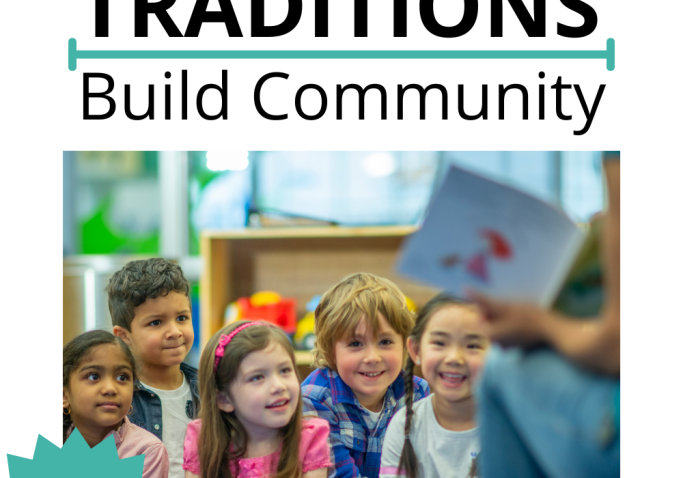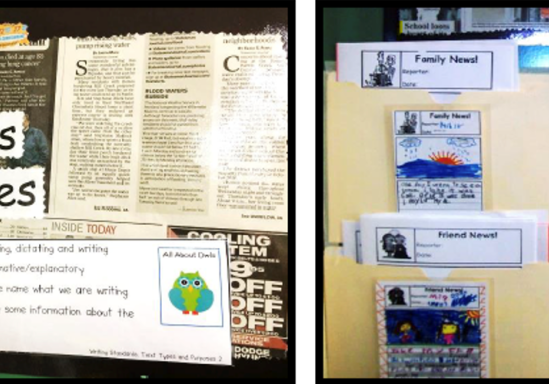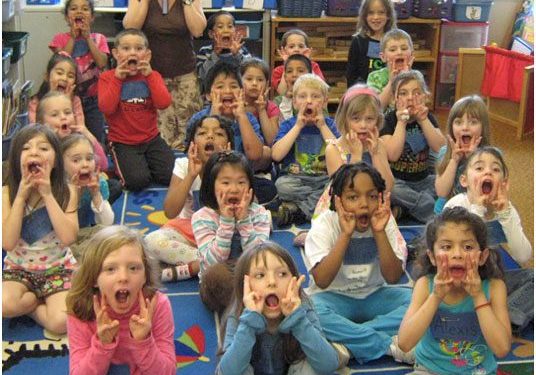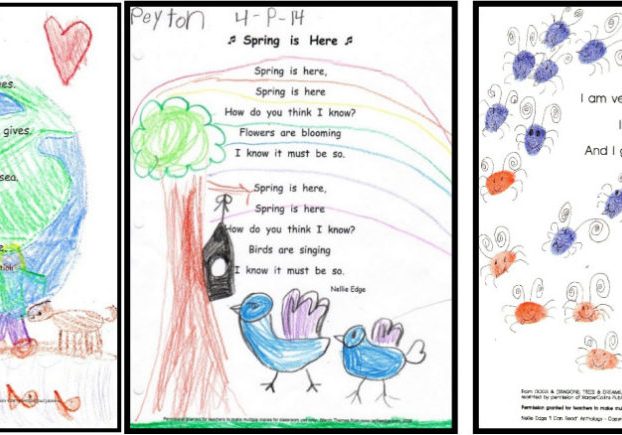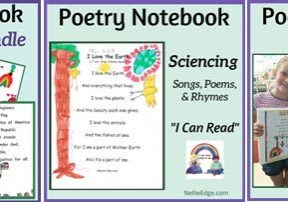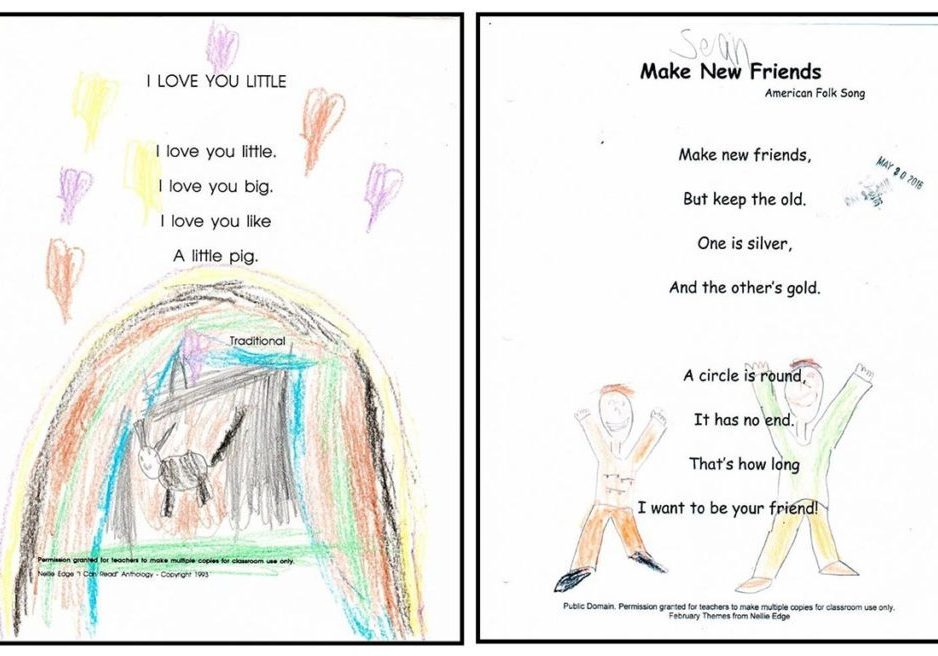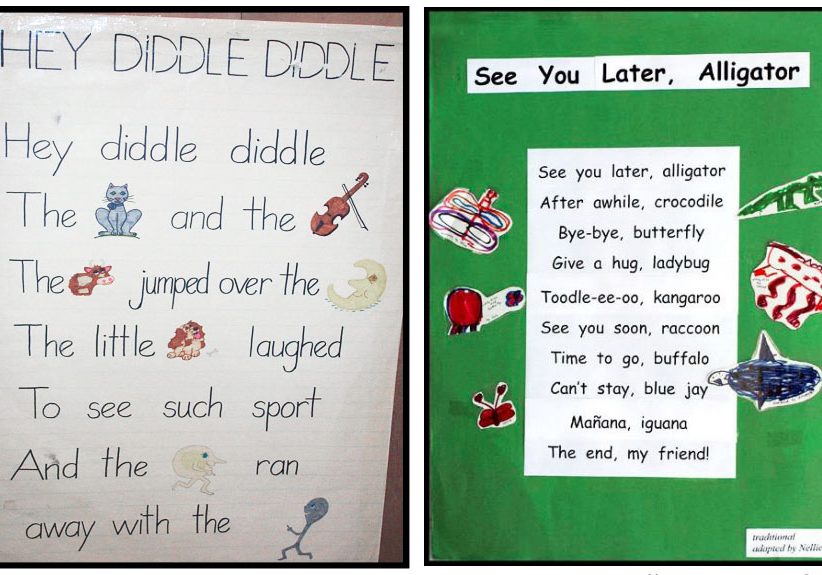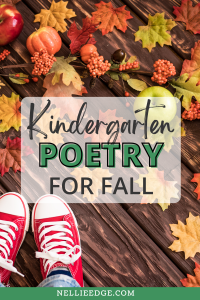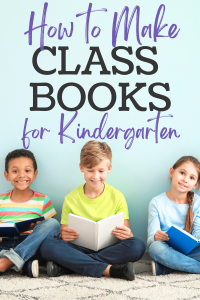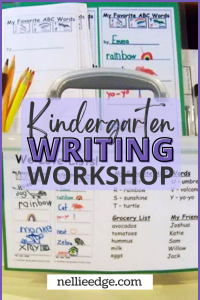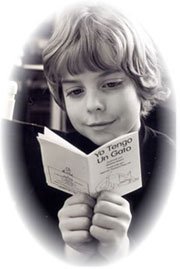 “Magical memory reading” builds oral language fluency and a foundation for reading success. After many shared experiences dramatizing and signing songs and rhymes from big books and language charts, young children develop a memorable sense of the oral language. Then they begin practicing reading-like behavior and noticing details about print while the teacher tracks the words. For less experienced language learners this initial reading practice may be “magical memory reading.” The next step is to provide all children with their very own Little Books. Now the children can transition from “magical memory reading” to guided and independent reading behavior at their own developmental levels. Guide the children’s reading by saying, “Read with your eyes and mouth, and touch each word with your finger.” The child’s self-image as already being a reader supports phonics acquisition and high-frequency word work. Motivation is high when the child is engaged in real books.
“Magical memory reading” builds oral language fluency and a foundation for reading success. After many shared experiences dramatizing and signing songs and rhymes from big books and language charts, young children develop a memorable sense of the oral language. Then they begin practicing reading-like behavior and noticing details about print while the teacher tracks the words. For less experienced language learners this initial reading practice may be “magical memory reading.” The next step is to provide all children with their very own Little Books. Now the children can transition from “magical memory reading” to guided and independent reading behavior at their own developmental levels. Guide the children’s reading by saying, “Read with your eyes and mouth, and touch each word with your finger.” The child’s self-image as already being a reader supports phonics acquisition and high-frequency word work. Motivation is high when the child is engaged in real books.
Children learn concepts about print. Directions like “Point to the first word of the title,” “Let’s read the title together,” “Turn to page 1,” and “Point to the first word we will read on this page” support emerging reading behavior. Guide the children in reading out loud in unison, page-by-page and sentence-by-sentence, through the Little Book until each child proudly reads: “The End.” The more positive and intentional these reading sessions are, the more easily and naturally children will begin to internalize reading behaviors such as moving their eyes from left-to-right with a return sweep and top-to-bottom along each page. Watch their delight as children connect their oral language to print and realize: “I can read!” After several guided reading sessions with the entire class, you may choose to give some children additional one-on-one assisted practice as you read together and hand-in-hand guide their finger under each word of the Little Book. It is important to train parents and older reading buddies in how to use this type of Neurological Impress Method. Then send home a copy of the Little Book for continued singing and reading practice with families. These books get stored at home in the child’s “treasure box” of predictable books that they delight in reading over and over again. In library edition these also become the “Just Right: I Can Read!” choices for individual student book boxes.
We cannot emphasize enough the importance of honoring memory reading as a bridge to traditional guided reading with personal Little Books. Children delight in reading little books of songs and rhymes at their own level of success, from developing the sounds of language to independently reading word-for-word in fluent phrases. Opportunities to feel validated for memory reading must precede traditional small group guided reading instruction, especially for children who have not had years of repeated “magical memory reading” experiences at home or who are English language learners. Shared literacy experiences with familiar songs and rhymes provide this practice while allowing all children to perceive themselves as readers. It builds a sense of community, where every child feels they belong. When children are singing and reading familiar songs and rhymes together, even the least-able language user perceives herself as successful. The rhythm and sounds of language support all of the children as readers. This gives each child the confidence to begin engaging in reading-like behavior and practice the skills fluent readers use.
“Magical memory reading” is an important phase that most young children go through early on as they construct their knowledge of how print works. It builds the language foundation that helps the child to focus more attentively during shared reading experiences. This prepares the child for guided reading instruction and for the accelerated literacy gains that result from the Neurological Impress Method of oral read-along practice.
Celebrate Language Related Blog Articles
Get our weekly blog for more high-impact strategies and free resources!



